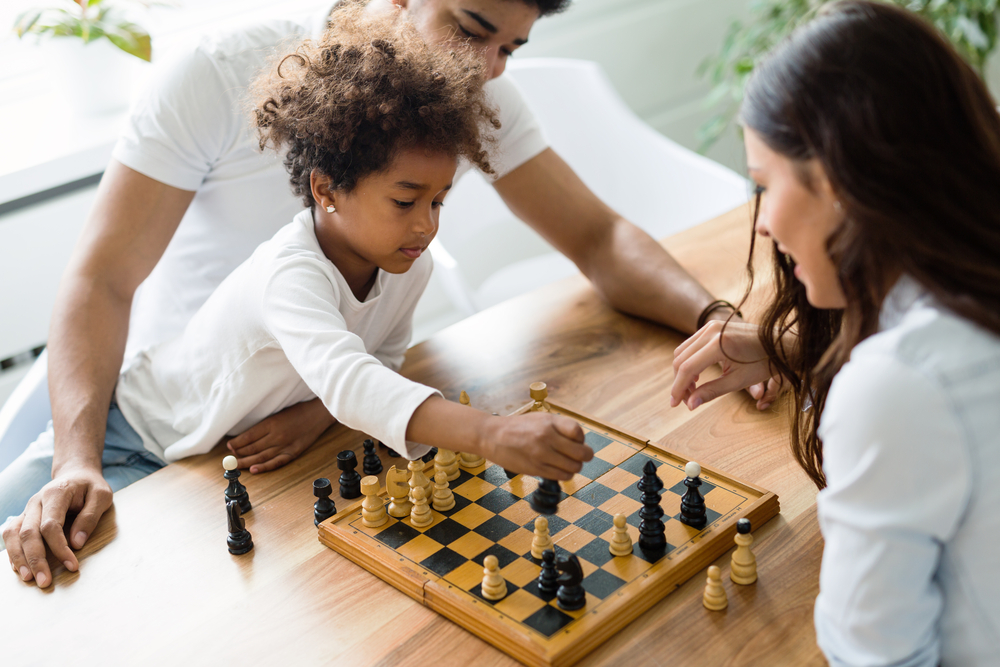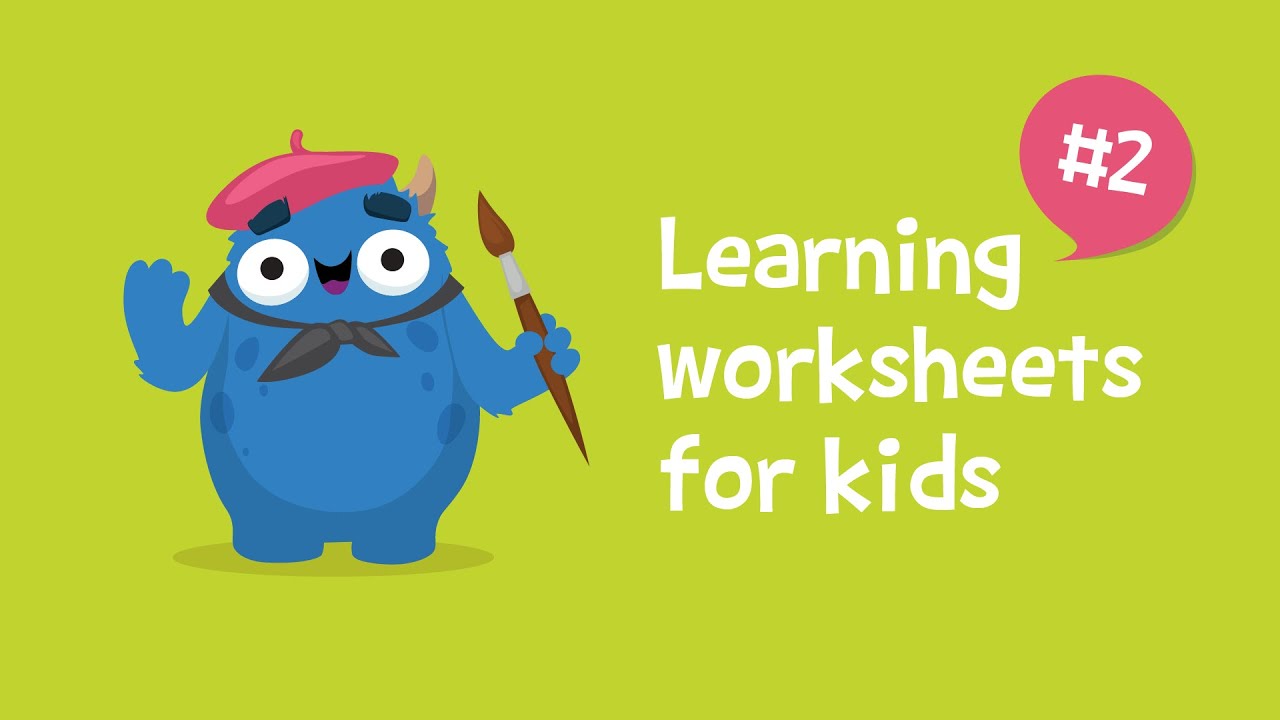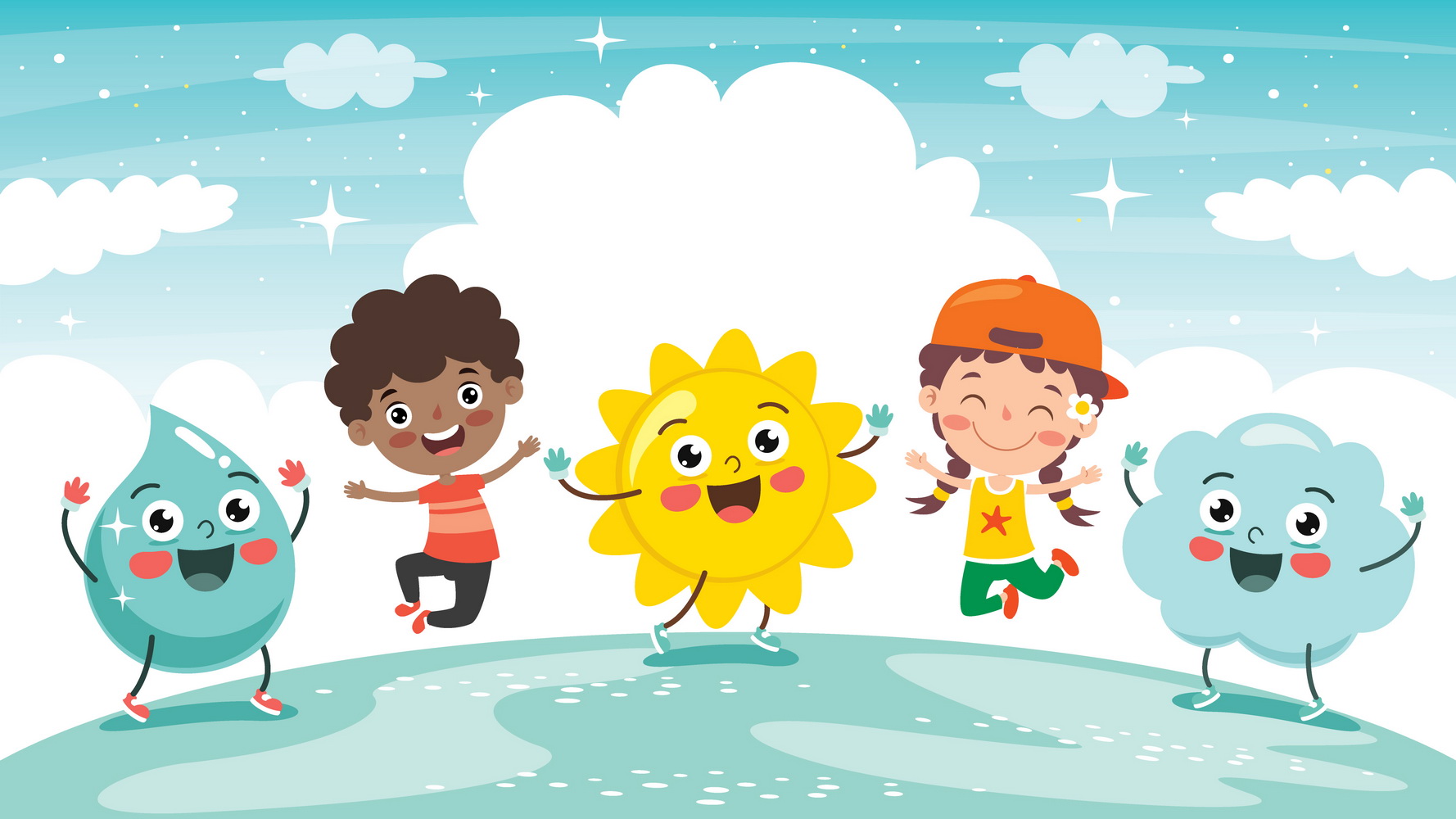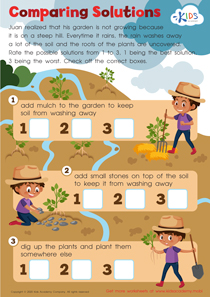Reading worksheets activities for Ages 6-8
13 filtered results
-
From - To
Discover engaging and educational reading worksheets and activities designed specifically for children ages 6-8! Our collection helps young learners enhance their reading comprehension, vocabulary, and literacy skills through fun, interactive exercises. Each worksheet is crafted to support various aspects of reading, such as phonics, sight words, and understanding story elements. Parents and educators can easily access these resources for use at home or in the classroom. Foster a love for reading and boost confidence with activities that make learning enjoyable. Explore our diverse worksheets today and watch your child’s reading skills flourish! Ideal for kids ready to embark on their reading journey.
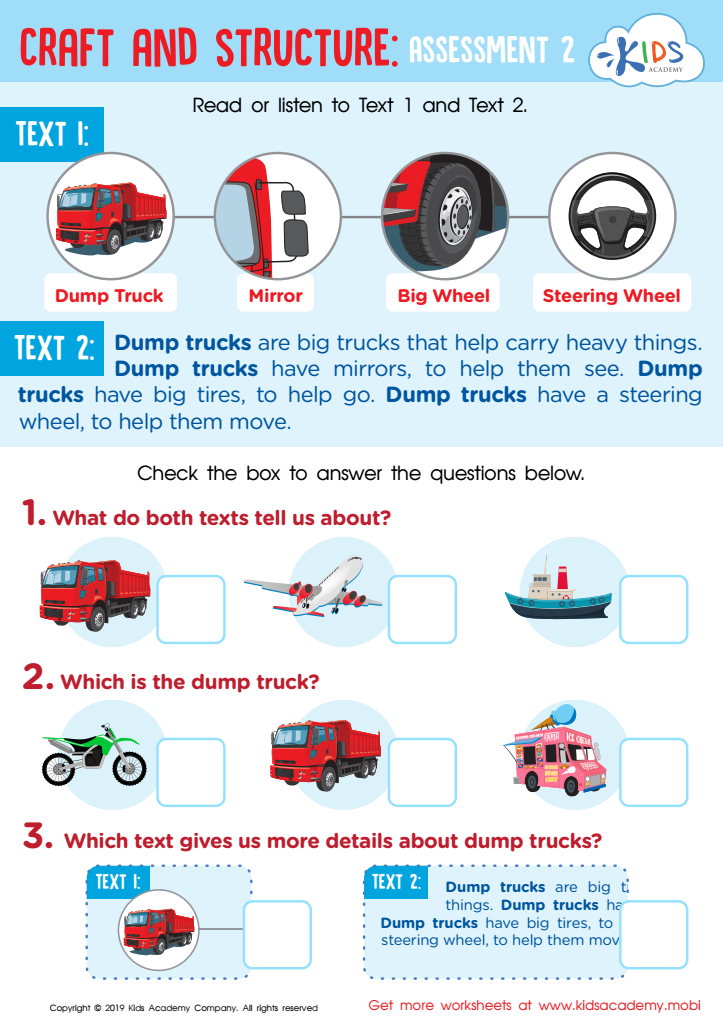

Craft and Structure: Assessment 2 Worksheet
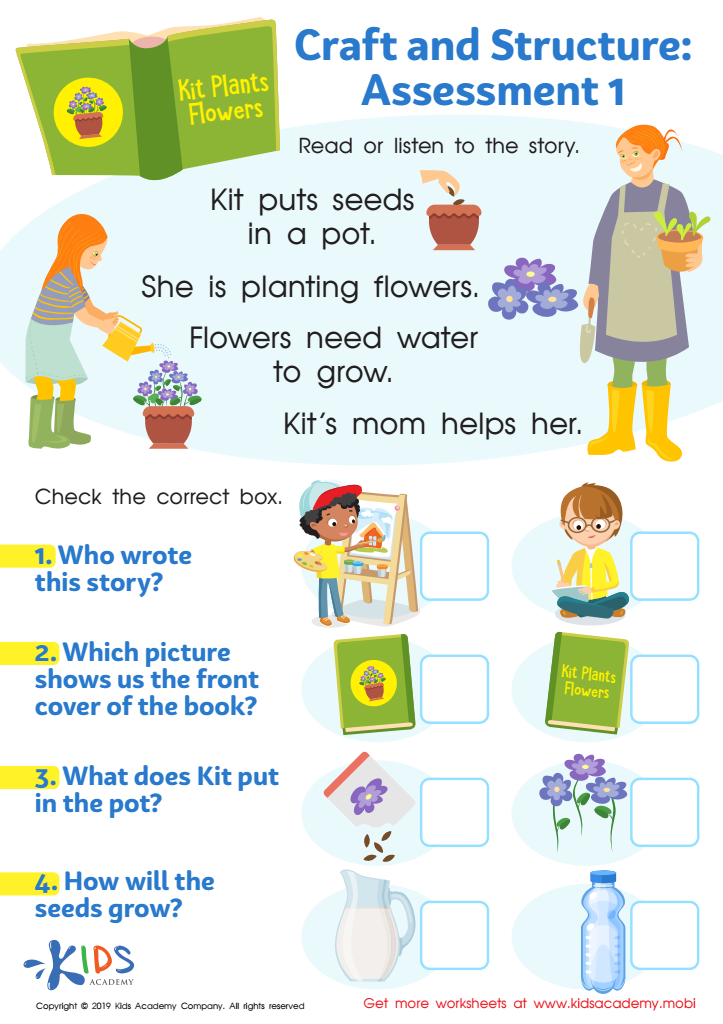

Craft and Structure: Assessment 1 Worksheet
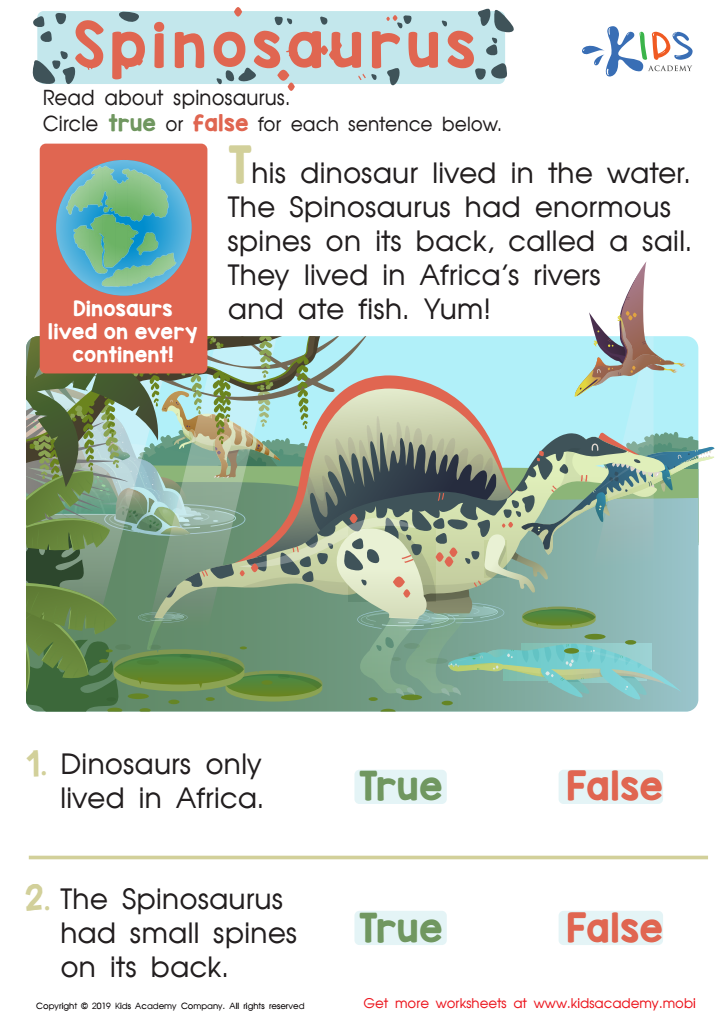

Spinosaurus Assessment Worksheet
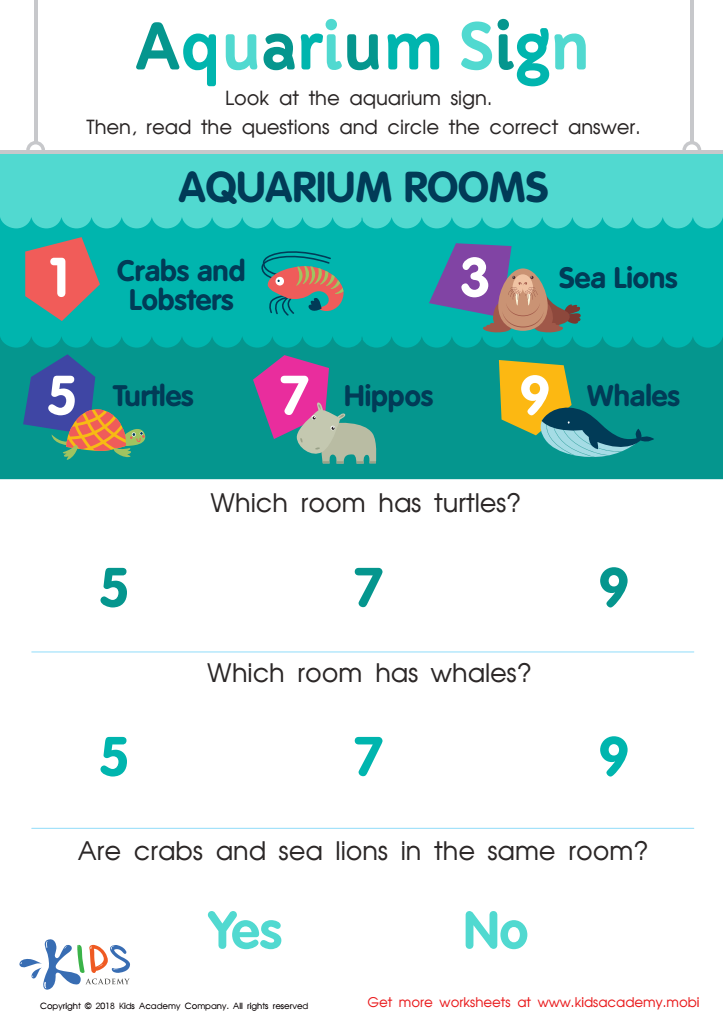

Assessment: Aquarium Sign Worksheet
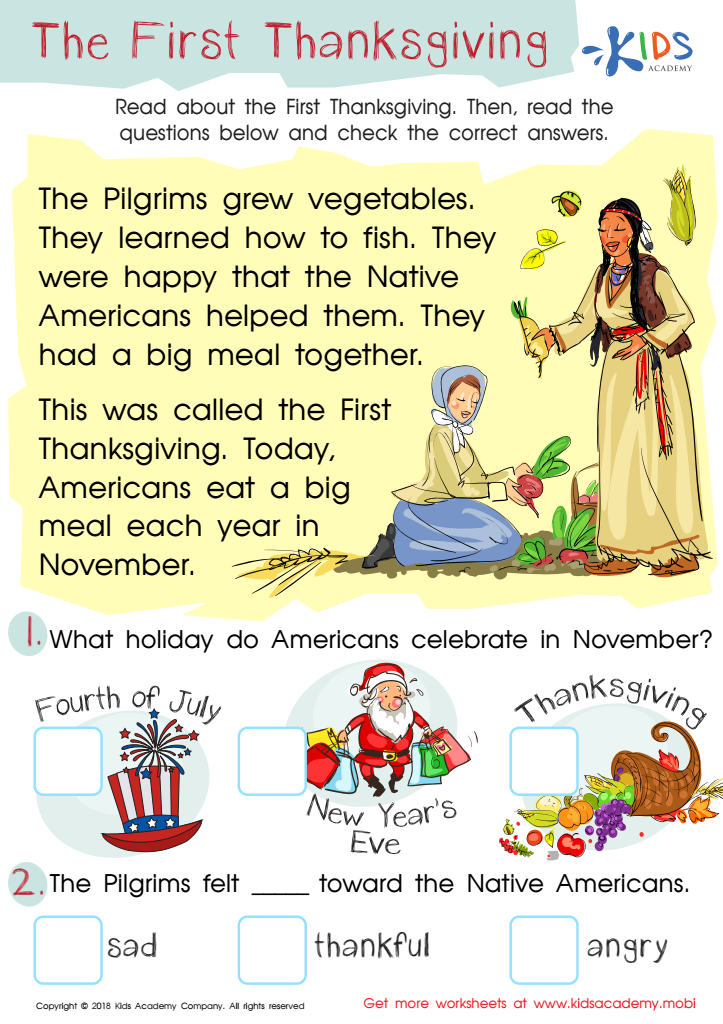

Assessment: First Thanksgiving Worksheet
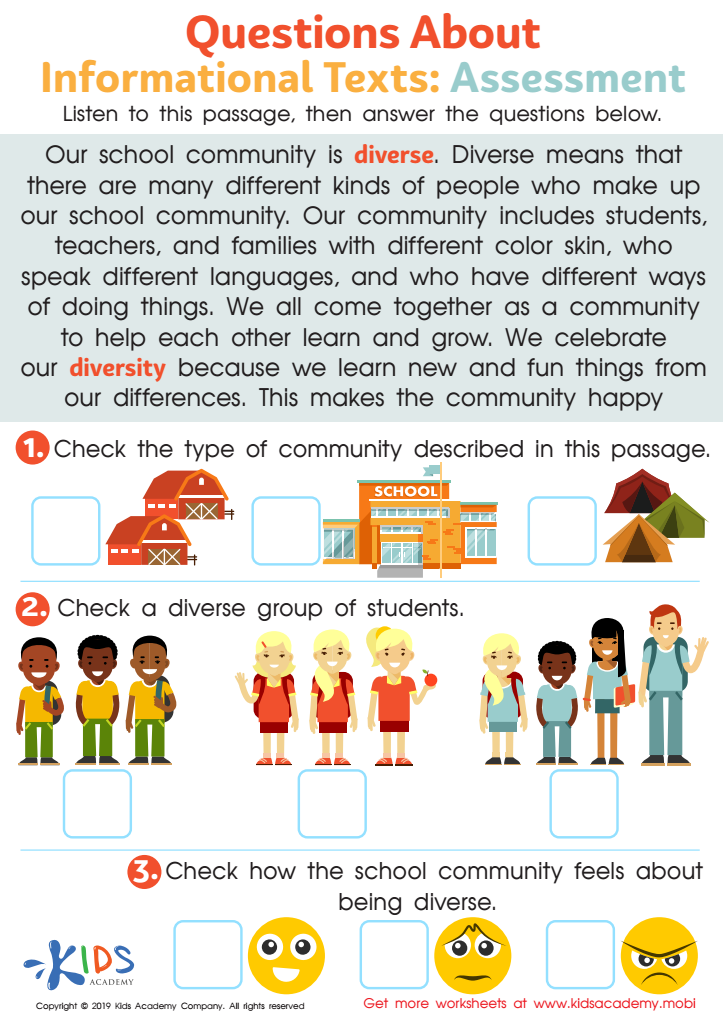

Questions About Informational Texts: Assessment 1 Worksheet
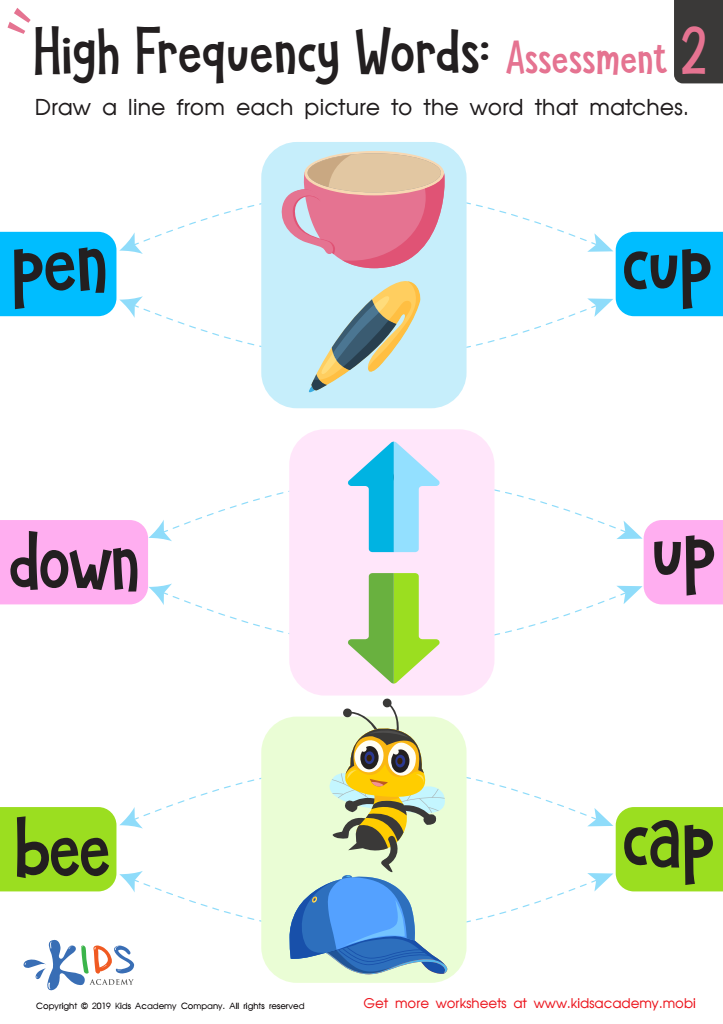

High Frequency Words: Assessment 2 Worksheet
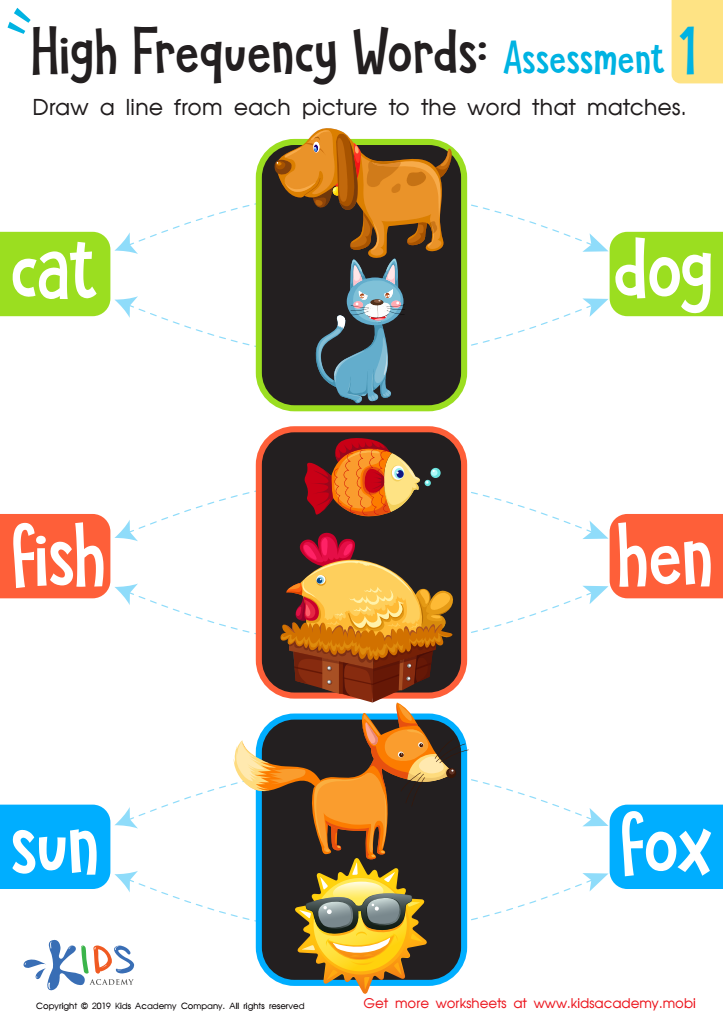

High Frequency Words: Assessment 1 Worksheet
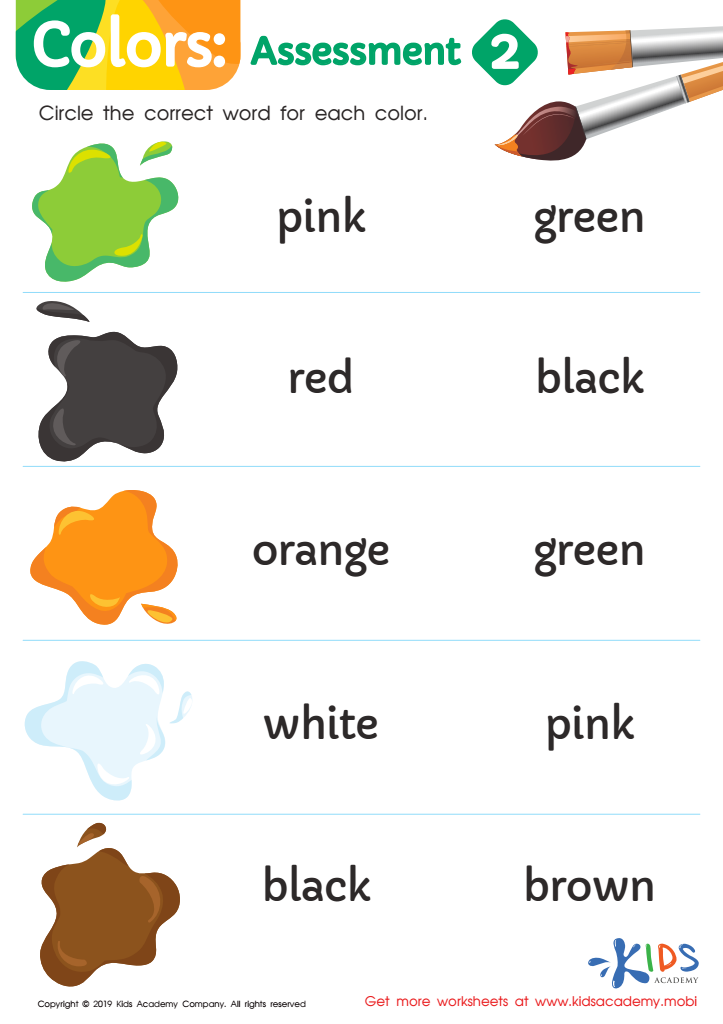

Colors: Assessment 2 Worksheet
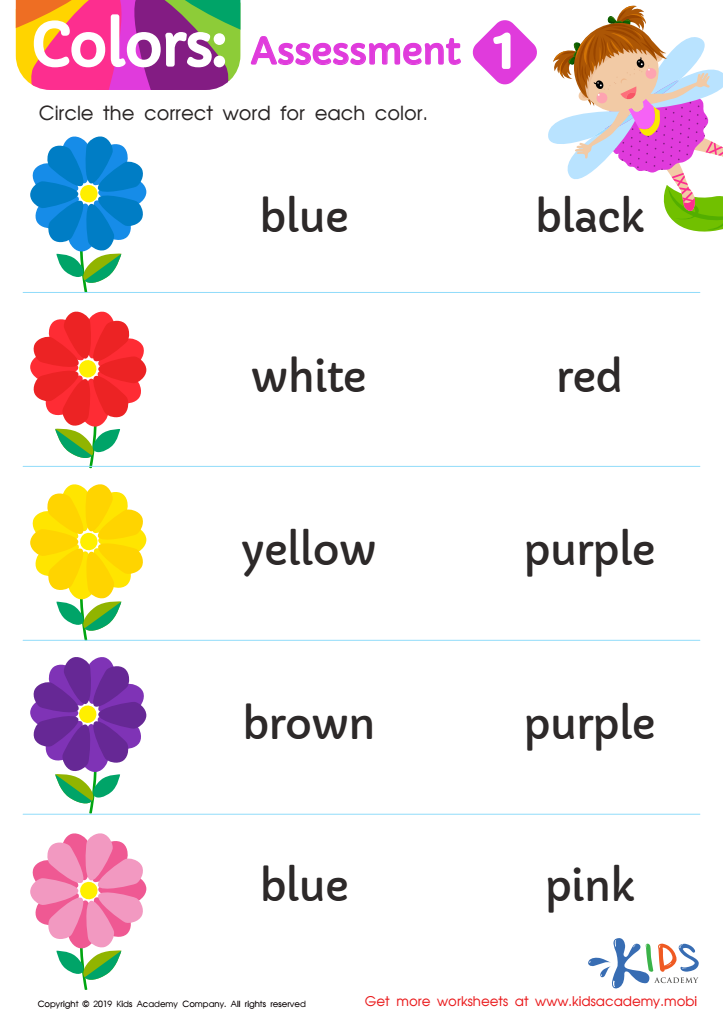

Colors: Assessment 1 Worksheet
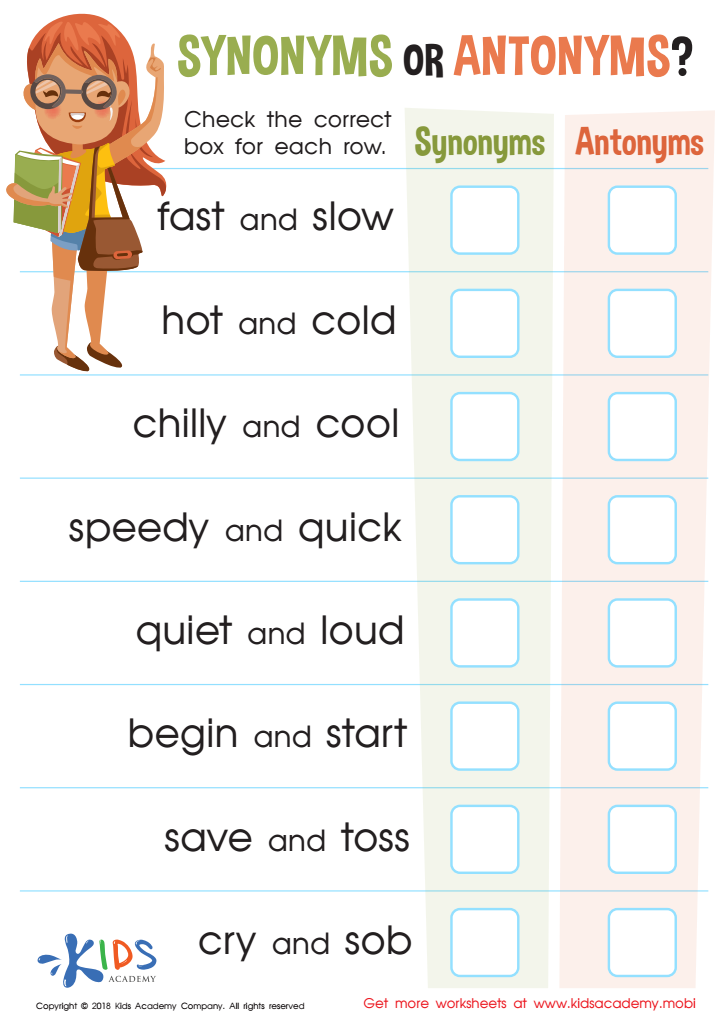

Synonyms or Antonyms: Assessment Worksheet
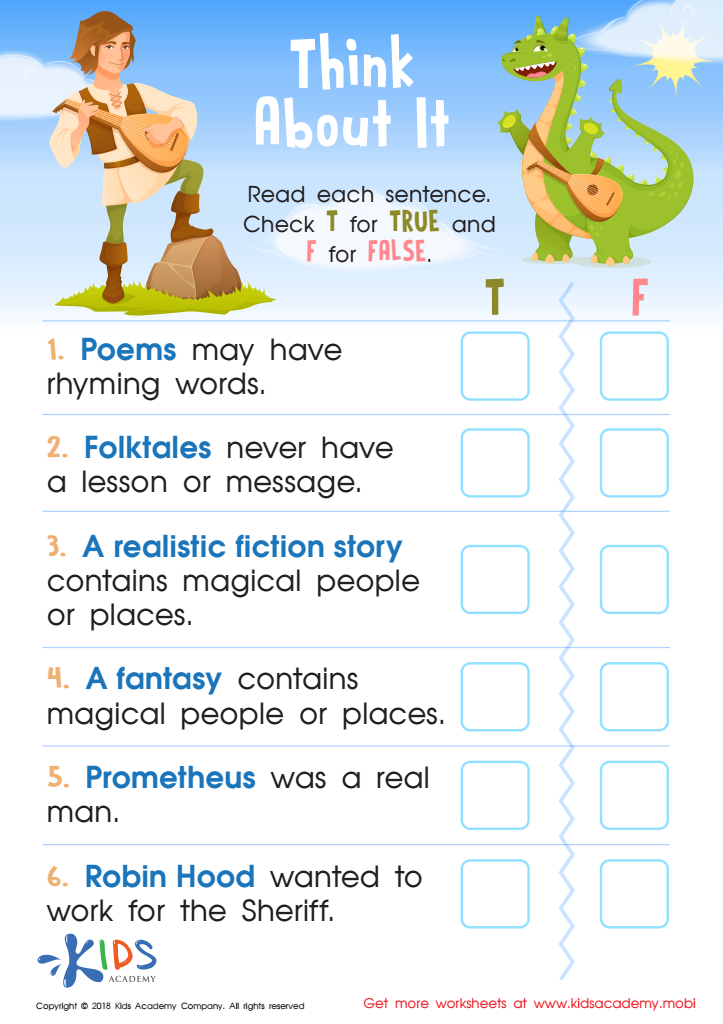

Think About It: Assessment Worksheet
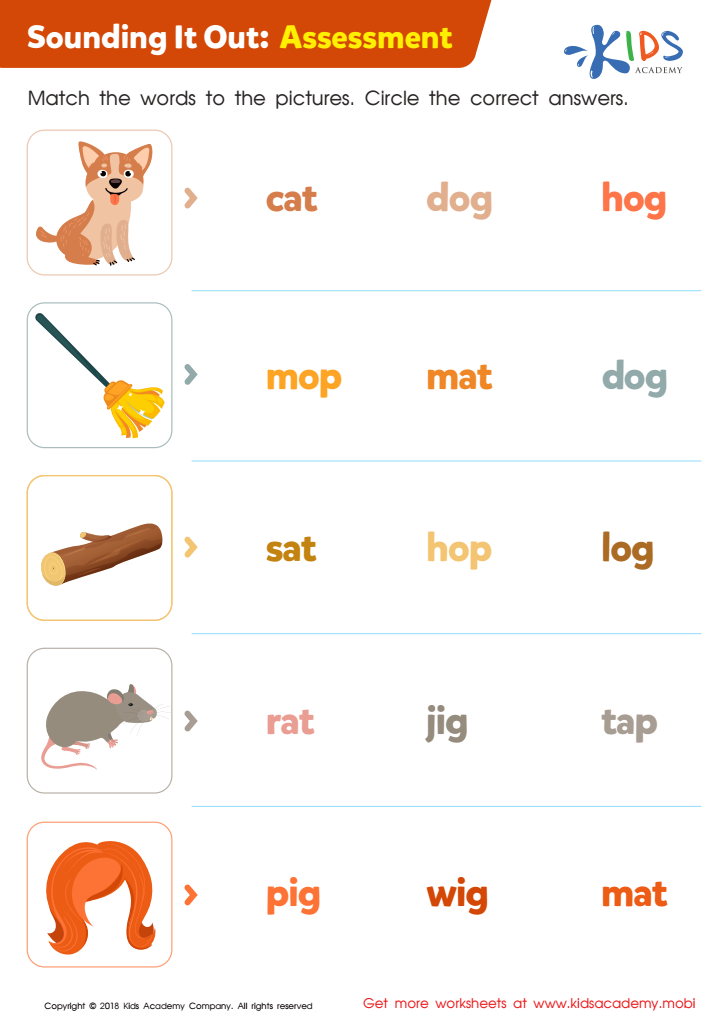

Sounding it Out: Assessment Worksheet
Reading activities for children aged 6-8 are crucial in laying the foundation for lifelong learning and literacy. During these formative years, children develop essential reading skills, including phonemic awareness, vocabulary expansion, and comprehension. Engaging in reading activities not only enhances these skills but also nourishes a child’s imagination and creativity.
Parents and teachers should prioritize these activities as they directly contribute to a child's academic success. Strong reading abilities in early grades correlate with improved performance in all subjects, as reading is foundational to understanding complex concepts. Furthermore, reading together fosters a bond between adults and children, encouraging a love for books and learning that can last a lifetime.
Additionally, regular reading activities support social-emotional development. They can introduce children to diverse perspectives, helping them gain empathy and better understand the world around them.
Finally, early exposure to reading can combat the growing trend of reading difficulties among children. By incorporating interactive and enjoyable reading practices, such as storytelling, reading aloud, and discussions about books, parents and teachers can cultivate a supportive environment where children feel confident and motivated to explore literacy, ultimately setting the stage for future educational achievements.

 Assign to My Students
Assign to My Students





